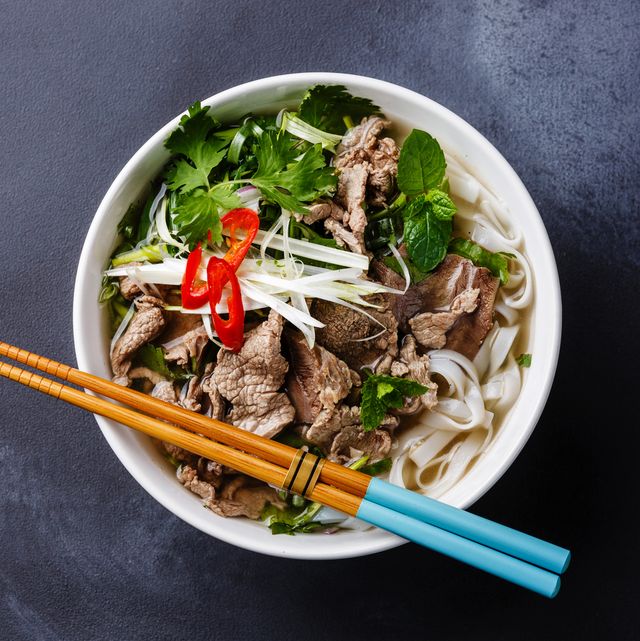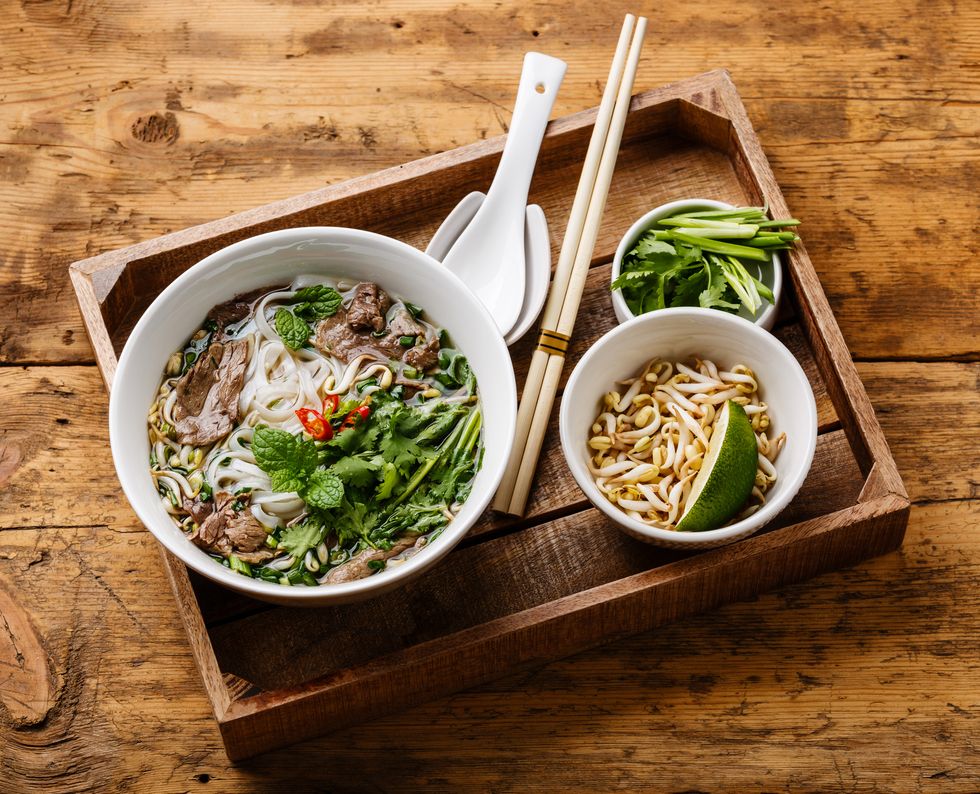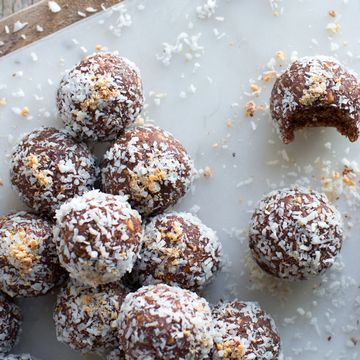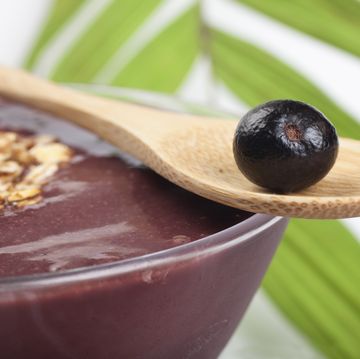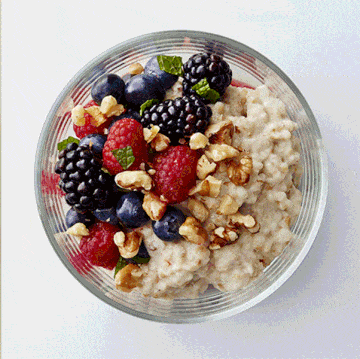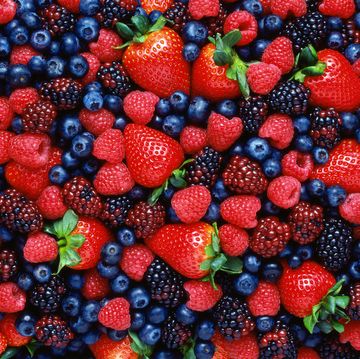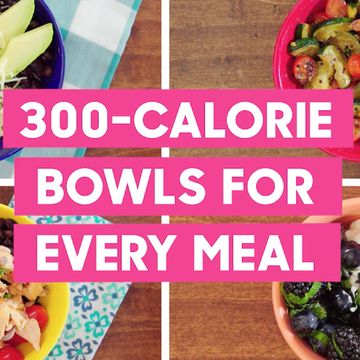A hot, comforting bowl of pho (pronounced "fuh") contains just about everything you could want in a soup: salty broth, filling meat, vegetables, herbs, spices, and plenty of rice noodles to slurp up with chopsticks.
It's easy to make this popular Vietnamese street dish at home, but you'll also find it in a growing number of restaurants popping up across the country. Before you book a dinner reservation, just how healthy is pho? Let's break down its nutritional and health benefits:
How many calories are in a bowl of pho?
A medium-sized bowl of pho contains about 350-450 calories on average, according to a report from The Times-Picayune. That's about 20% of your daily allotment if you're eating 2,000 calories a day.
Is pho healthy?
Yes, it can be, if you go light on the noodles and sodium, and heavy on the vegetables. "Pho can be an amazing nutritious, delicious, and filling meal or snack, depending on the type you're getting and what’s being added to the broth," says Jaclyn London, MS, RD, CDN, Nutrition Director at the Good Housekeeping Institute. "The best pho recipes are ones that include lean protein, like chicken, plus heaps of veggies and go lighter on the noodles."
In fact, one bowl of pho contains around 30 grams protein — about half of the recommended amount per day for most people. (Not sure how much you need? Check out this tool to calculate.) Proteins are good for you because they're essentially building blocks for your bones, muscles, cartilage, skin, and blood.
One thing to watch out for: sodium. Like other soups and stews, pho can be on the higher side when it comes to salt levels. Some bowls can contain more than 1,000 mg, which is almost the entire recommended intake for one day, according to the American Heart Association. Too much sodium can increase your blood pressure, which may lead to heart disease and stroke. Cut your sodium intake by slurping less of the broth or making healthier versions at home.
To lighten up your pho at home, use low or "no salt added" broths and opt for additional veggies to make it a more satisfying dish. Since the rice noodles in most pho recipes contain less fiber than wheat-based kinds, they're less filling and therefore easier to eat more of, London says.
"Your best bet would be to add noodles in yourself or to make it with a lighter noodle option," she adds. "I love pho with shirataki noodles, which are slippery and made from konjac flour, which is essentially all fiber. It’s much lighter in calories, so you may want to add in some extra protein and veggies to make your pho filling enough for a meal."
Another great swap? Zoodles, which will help you bulk up on the veggie-front while still letting you slurp up all the good stuff.
Is pho good for colds?
Yes! If you're feeling sick with a cold, this dish might be just what you need. During an interview with Today, Dr. Oz likened pho to chicken soup — just with a lot of spices added to it.
"I love coriander and anise, but you can put ginger in it as well," he said. "That extra spice opens you up a little bit."

Caroline is a writer and editor with almost a decade of experience. From 2015 to 2019, she held various editorial positions at Good Housekeeping, including as health editor, covering nutrition, fitness, wellness, and other lifestyle news. She's a graduate of the Medill School of Journalism and dreams of the day Northwestern will go back to the Rose Bowl.
